High-end heritage: expanded St Vincent's Private Hospital, Fitzroy

St Vincent’s Private Hospital, Fitzroy’s $180 million expansion of its Victoria Parade site was completed this year. With a new building designed to be energy efficient, flexible, functional, and fit seamlessly and sympathetically into its external surroundings, the expansion brought more than 100 new beds, new operating rooms and suites, a new medical imaging department, and a new pharmaceutical and retail space.
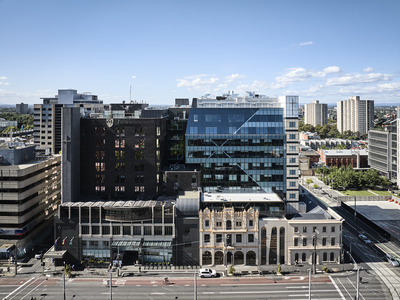
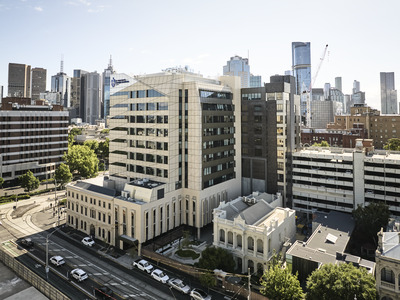
An adaptive reuse of the heritage buildings on the site, the expansion’s new 13-level building replaced two administration buildings and adjoins the existing hospital building; the new build’s decorative façade, with a neutral tone and colour, is sensitive to the heritage façades at street level, while newly refurbished arrival forecourts maximise the amenity of the available external spaces within the site’s urban context.

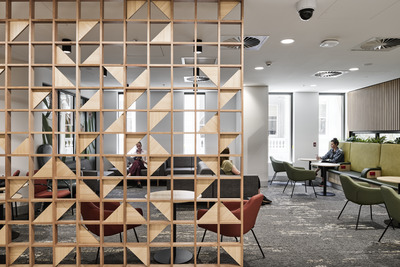
Designed by Billard Leece Partnership for St Vincent’s Health Australia, by ‘de-institutionalising’ the interior design of the hospital environment and maternity suites, the design team have created a boutique hotel aesthetic; an environment that closely resembles a ‘home away from home’, here, family life was a guiding concept for the building and user experience.
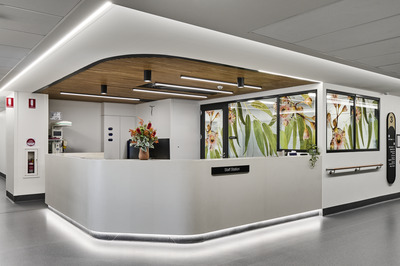
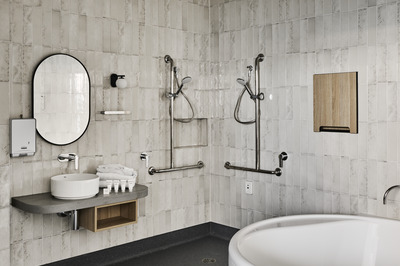
Such an aesthetic is clear in the newly renovated maternity suites, which encourage wellness, recovery and smooth transition into motherhood. Generous room layouts create a more family-focussed environment, including larger beds and bathrooms that are ‘normalised’ but still compliant. Using neutral and natural tones, fixtures and finishes within the rooms and ensuites resemble those found in a high-end hotel.
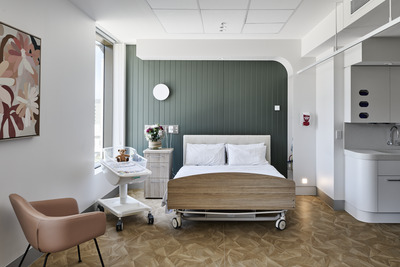
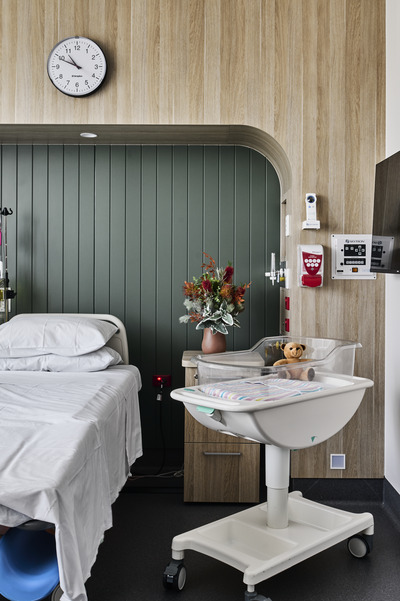
City and cathedral views are a centrepiece of each suite, beds and nursing seats positioned to take advantage of natural light and the views, evoking feelings of contentment and wellbeing — designed to contribute to a sense of luxury and a de-stressing environment. While in the day-of-surgery patient amenity, personalised seating areas increase comfort and privacy and access to outlook and views.
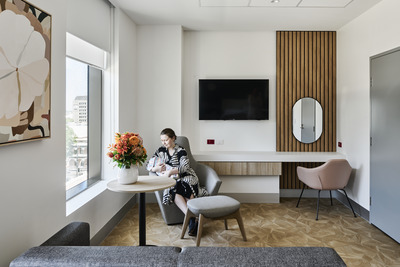
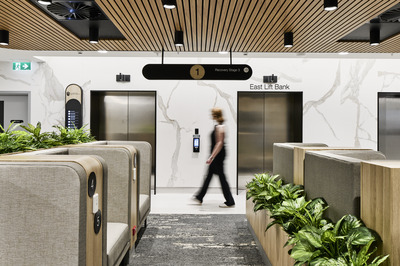
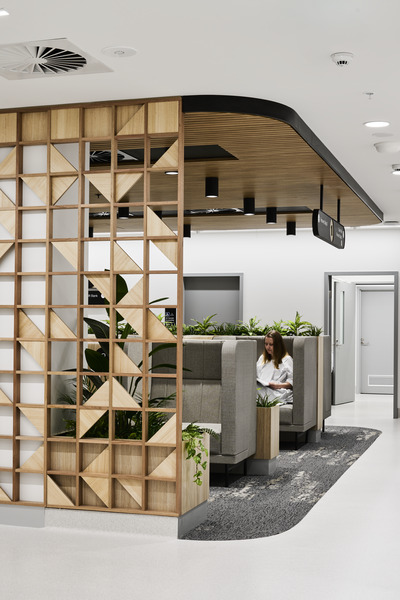
Connection with an existing older, heritage site came with numerous challenges that needed to be overcome. These included limited open spaces between buildings, alignment with current ceiling height and room regulations, as well as fire risks. But while bridging between the old and new was structurally complex, the project navigated these while the hospital — including operating theatres — remained fully operational.

Fundamental reimagining: new Sydney Children's Hospital, Randwick
The new Sydney Children's Hospital, Randwick, was designed as a fundamental reimagining of...
UNSW Health Translation Hub opens
The $600 million UNSW Health Translation Hub — an integrated medical, research and health...
Vertical healing: redefining health care through high-rise hospital design
The high-rise hospital signifies more than a shift in form — it reflects a transformation...




![[New Zealand] Transform from Security Awareness to a Security Culture: A Vital Shift for SMB Healthcare — Webinar](https://d1v1e13ebw3o15.cloudfront.net/data/89856/wfmedia_thumb/..jpg)
![[Australia] Transform from Security Awareness to a Security Culture: A Vital Shift for SMB Healthcare — Webinar](https://d1v1e13ebw3o15.cloudfront.net/data/89855/wfmedia_thumb/..jpg)




